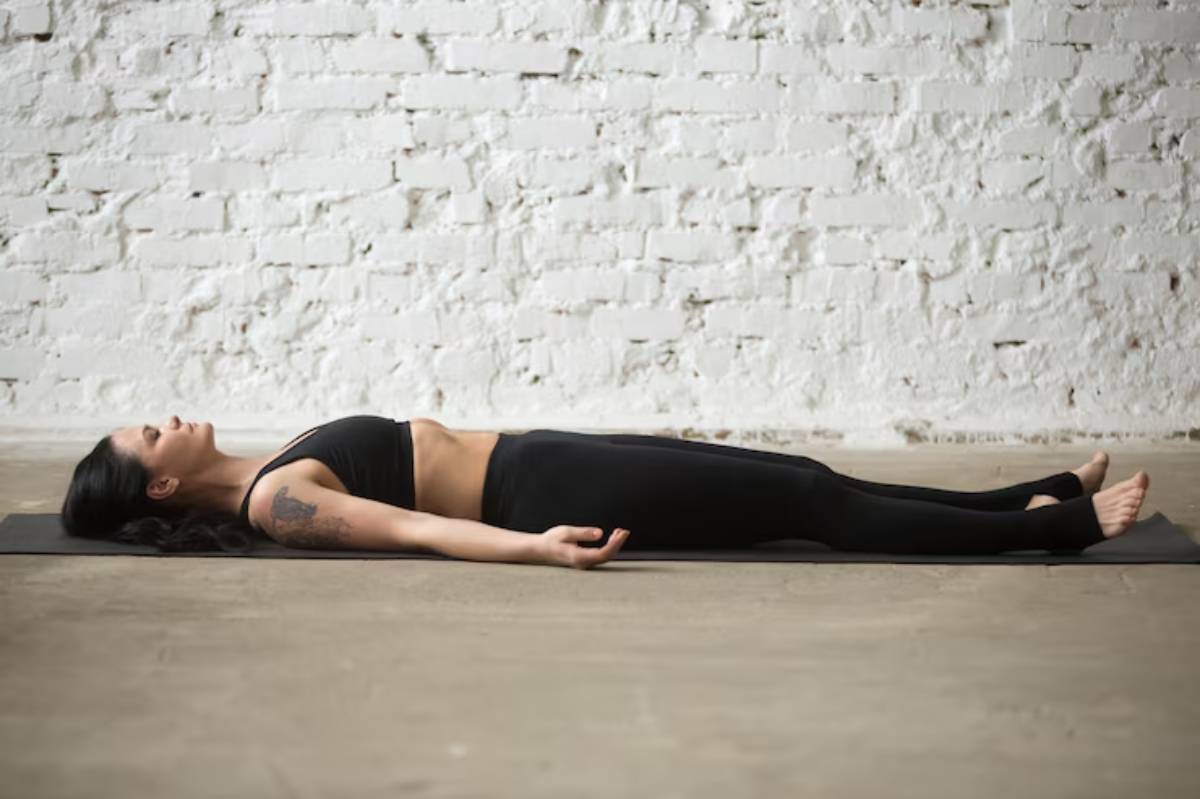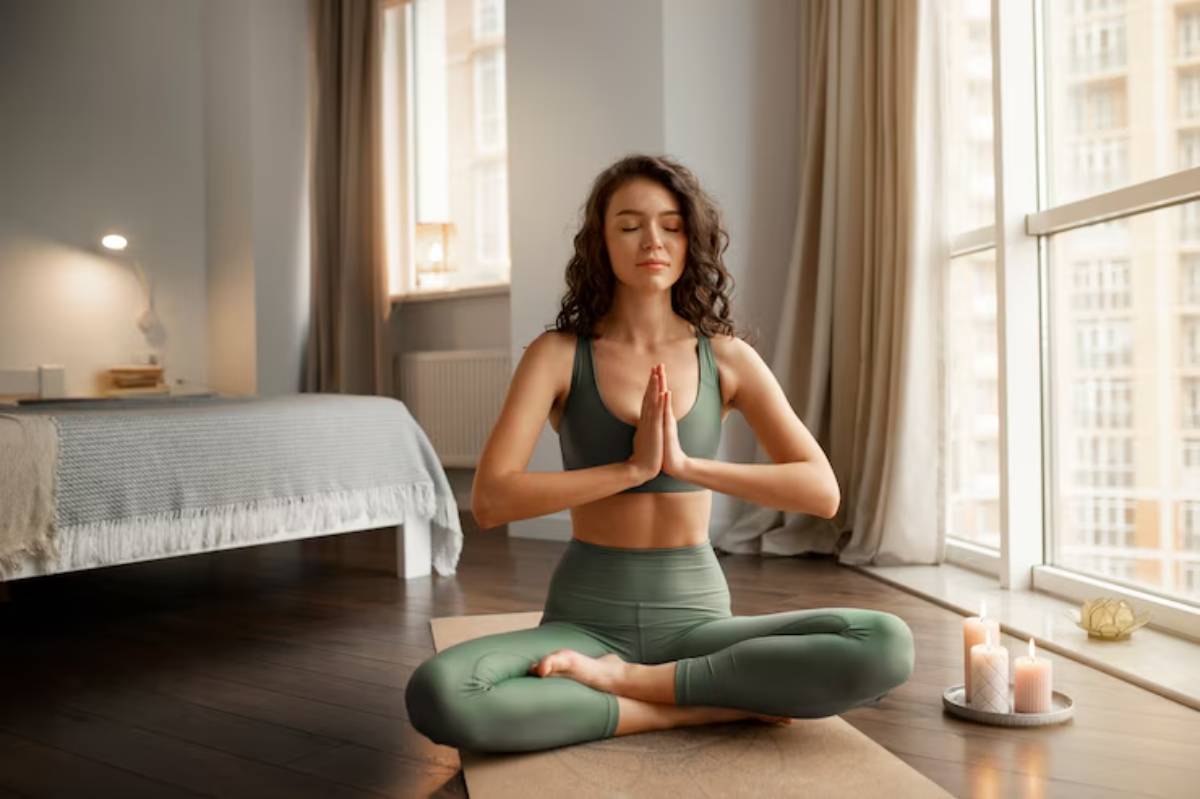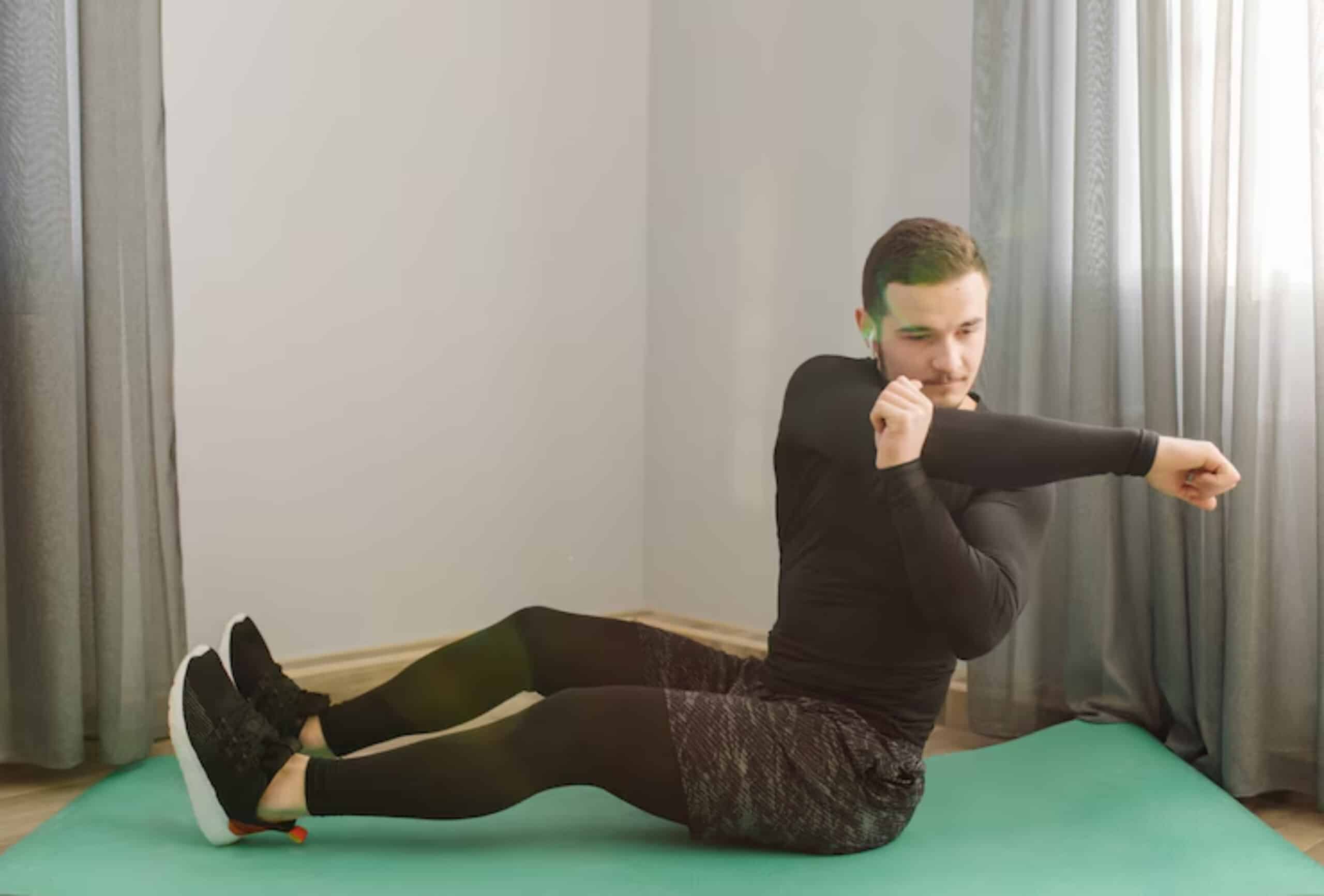
Improve Range of Motion With Yoga Strength Flows
Imagine being able to drop into a deep squat, twist smoothly to grab something behind you, or hold a strong warrior pose with ease. That’s not just flexibility. That’s strength within your range of motion (ROM)—and yoga can help you build it.
In a world obsessed with either stretching or strength training, yoga strength flows offer a unique blend: they stretch you where you’re tight and strengthen you where you’re weak. This flexibility-strength fusion leads to better posture, injury resilience, and freedom in everyday movement.
In this guide, we’ll explore:
- Why ROM is the missing piece in many fitness routines
- The science behind yoga mobility and strength
- A step-by-step ROM yoga workout
- How to use breath, bodyweight, and intention to unlock deeper control
Whether you’re a lifter, runner, desk-bound professional or yoga beginner, this guide will help you reclaim your natural movement potential—safely and powerfully.
What Is Range of Motion and Why Does It Matter?
ROM Defined
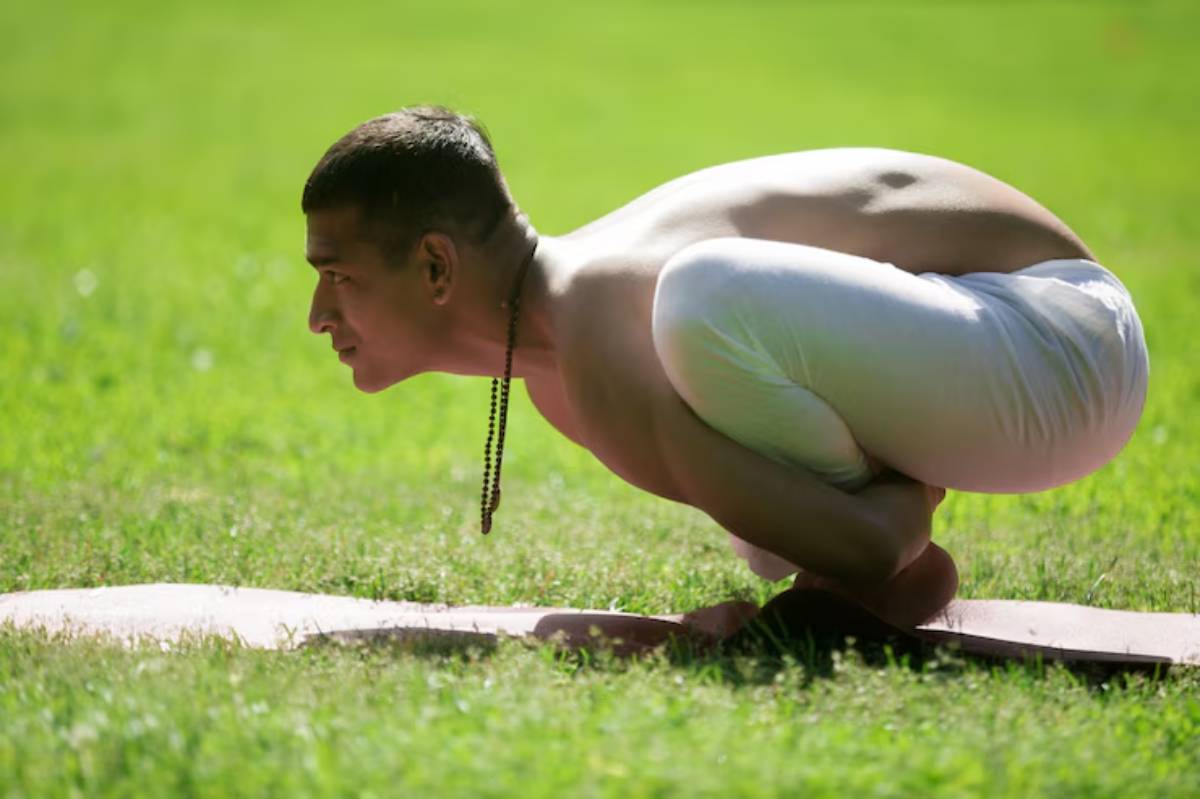
Range of Motion (ROM) refers to how far you can move a joint in a specific direction without pain or restriction. But passive flexibility (how far a trainer can stretch you) isn’t enough. You need active ROM—your ability to control that movement yourself.
Common Causes of Limited ROM
- Sedentary lifestyles (e.g., tight hips from sitting)
- Imbalanced training (e.g., strong chest + weak back)
- Previous injuries or scar tissue
- Ageing without mobility work
- Neglecting breathwork or joint stability
You don’t just want to be bendy—you want to be strong and mobile. That’s where ROM yoga workouts come in.
Why Yoga Is Ideal for ROM & Strength Fusion
Unlike static stretching or isolated gym training, yoga promotes integrated, functional strength and control.
1. Strength in Long Muscle Lengths
Yoga builds strength at the end range of your mobility, improving stability and injury prevention.
2. Isometric Activation
Holding poses like Warrior II or Chair builds neuromuscular control—a vital skill for joint health.
3. Dynamic Movement with Breath
Yoga flows, such as vinyasa, train coordination, fascia glide, and breath-synced strength.
4. Functional, Multi-Planar Training
You move in all directions: forward folds, twists, lateral bends—mirroring the real-world movement demands of sport and life.
Signs You Need More ROM Yoga in Your Routine
- Can’t touch your toes without rounding your back
- Knees cave in during squats
- Shoulders hunch forward while overhead pressing
- Feel “tight” even after stretching
- Joint stiffness in the mornings or post-exercise
Full Yoga Strength Flow to Improve Range of Motion
Here’s a 20–30 minute sequence designed for strength + mobility. You can modify or break it into mini sessions.
Warm-Up: Mobilise & Connect (5–7 Minutes)
1. Cat-Cow (Spinal Articulation)
- Connect breath with spinal motion.
- Wakes up the central nervous system.
2. Dynamic Low Lunge with Arm Reach
- Opens hip flexors and lats.
- Flow forward and back 6–8 times on each side.
Main Flow: ROM Strength Fusion (15–20 Minutes)
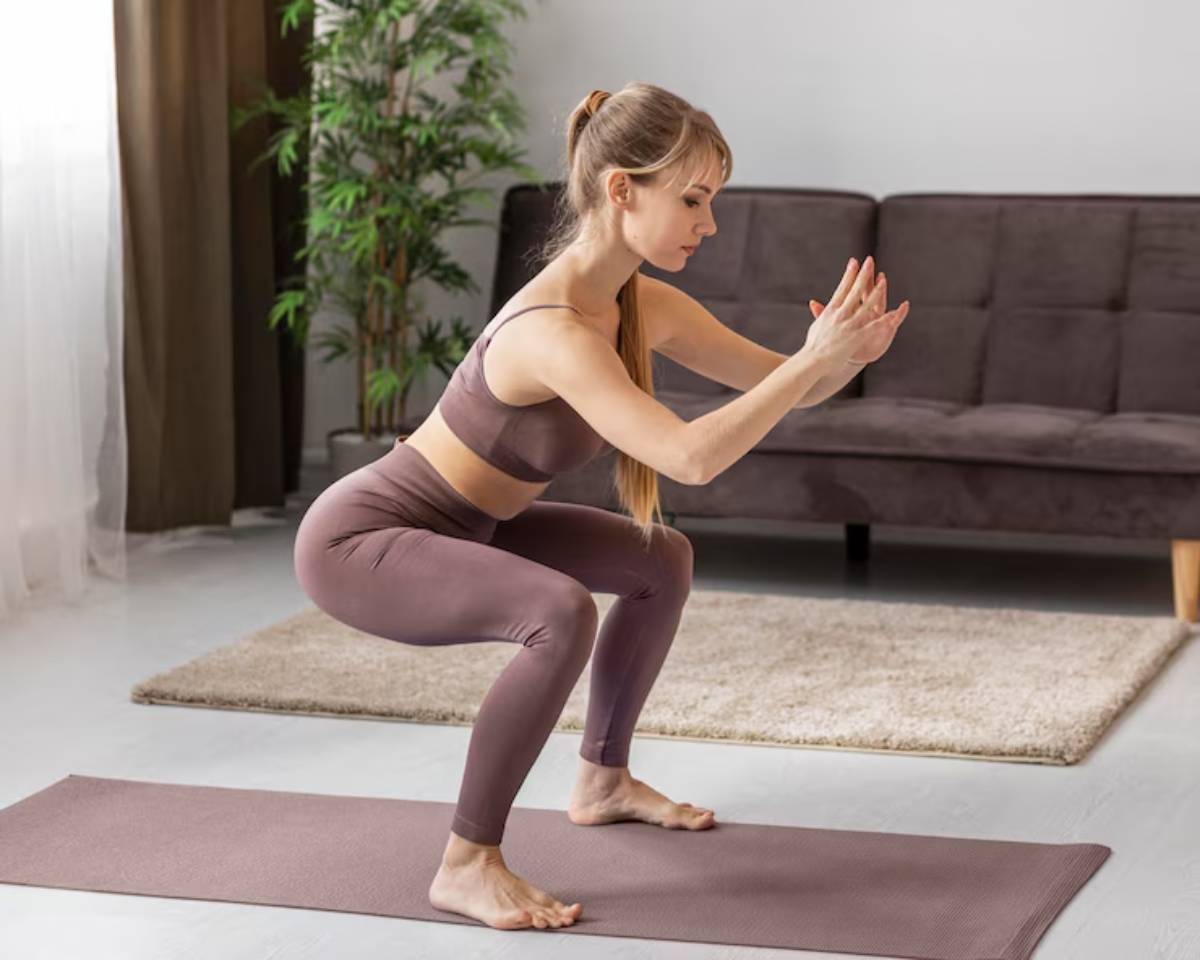
3. Chair Pose to Standing Knee Lift
- Builds quads, glutes, hip flexor control.
- Add ankle circles at the top.
4. Warrior II to Reverse Warrior
- Challenges are controlled through hip and shoulder rotation.
- Hold each pose for 5–6 breaths.
5. Triangle Pose to Half Moon
- Strengthens obliques and adductors.
- Improves lateral stability and active lengthening.
6. Skandasana (Side Lunge) to Malasana (Deep Squat)
- Mobilises adductors, ankles, and hips.
- Use hands for balance or a block under the hips.
7. Plank to Chaturanga Hold
- Builds core and shoulder stability.
- Focus on scapular control, not just arm strength.
Cool Down: Stretch & Integrate (5–10 Minutes)
8. Lizard Pose with Thoracic Twist
- Combining hip and spine mobility.
- Use a block if your elbow doesn’t reach the floor.
9. Seated Straddle with Side Bend
- Opens hamstrings, hips, and intercostals.
- Keep your spine long and breathe steadily.
10. Supine Twist with Knee Extension
- Mobilises the thoracic spine and hamstrings.
- Great way to finish with intention.
Tips for Safe & Effective ROM Yoga Training
Start with Controlled Range
Don’t force a deep range—own what you’ve got first.
Breathe Into Stretch Zones
Each exhale cues your nervous system to relax into mobility.
Include Eccentric Strength
Lower slowly out of poses like Warrior III or Low Lunge to build strength as you lengthen.
Use Props When Needed
Blocks, straps, and walls aren’t cheats—they’re tools for awareness and progress.
How ROM Yoga Translates to Real Life
- Squats go deeper with more ankle + hip mobility
- Posture improves, especially at a desk
- Back pain reduces due to better spinal extension
- Athletic movement sharpens—from running to jumping to pivoting
- Daily actions feel easier, like lifting kids or reaching shelves
Ready for a more integrated routine? Combine this with Thoracic Spine Mobility With Twisting Flows for spine health, or Yoga Transitions That Engage the Core to add dynamic stability.
Real-World Example: Jade’s Transformation
Jade, a 29-year-old personal trainer, had excellent strength but lacked mobility in her hips and shoulders.
“I could deadlift 100kg but couldn’t sit comfortably in a deep squat.”
After integrating yoga, mobilit,y strength flows 3x/week:
- Her squat depth improved
- She reduced hamstring strain during workouts
- Clients started noticing improved posture and balance
“ROM yoga changed the way I train and recover. I’m stronger and more capable in every direction now.”
Breathwork to Boost Results
Try Box Breathing (4-4-4-4) or Extended Exhale (4-inhale, 6-exhale) while holding poses. This activates the parasympathetic system and allows deeper, safer access to tight tissues.
Pair Yoga ROM Workouts With Other Modalities
- Before lifting: Open tight joints and activate control
- On recovery days: Reduce inflammation and soreness
- After cardio: Restore balance and length
- As standalone mobility training: 15–30 minutes is enough
Conclusion: Reclaim Movement, Build Strength, and Breathe Better
Your joints weren’t designed to live in a tight, fixed position. They crave movement—strong, graceful, integrated movement. That’s what a ROM yoga workout delivers.
By fusing strength and flexibility, you:
- Improve functional range
- Reduce the risk of injury
- Build graceful, confident movement
- Support your fitness goals—whatever they are
CTA: Start Your ROM Journey Now
Try this yoga mobility strength flow 3x a week for a month.
- Notice how your body feels in other workouts.
- Journal your progress in depth, posture, and control.
